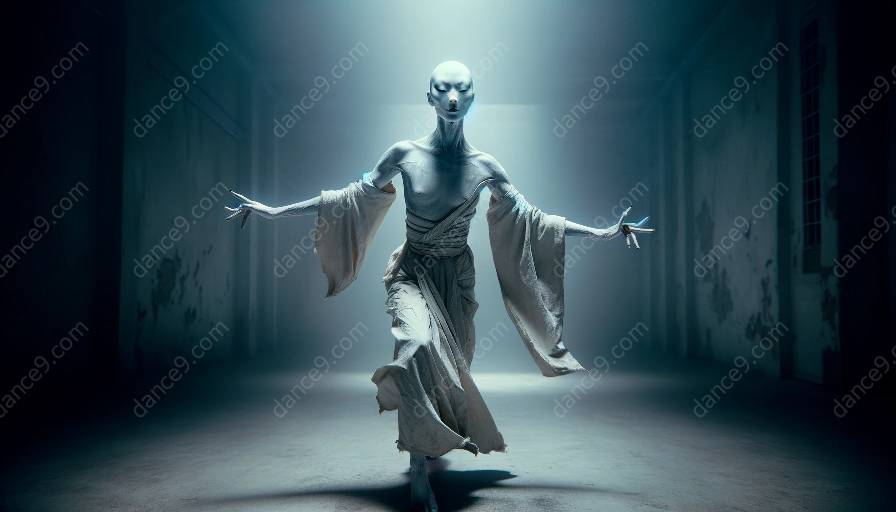Butoh and traditional Japanese dance forms both originate from Japan and hold cultural significance. However, they differ in terms of movements, themes, and philosophies. This article aims to explore the similarities and differences, shedding light on the unique aspects of butoh and its compatibility with dance classes.
Similarities:
- Cultural Origins: Both butoh and traditional Japanese dance forms have roots in Japan, drawing inspiration from Japanese culture, history, and traditions.
- Expressiveness: Both dance forms emphasize emotive expression through movements, gestures, and facial expressions, often conveying narrative and storytelling through dance.
- Ritualistic Elements: Butoh and certain traditional Japanese dance forms incorporate ritualistic and symbolic elements, connecting to spiritual or ceremonial aspects of Japanese culture.
Differences:
- Movement Style: Traditional Japanese dance forms often employ structured, precise movements emphasizing grace, control, and formalized choreography, while butoh focuses on fluid, unrestricted, and sometimes grotesque movements that challenge conventional aesthetics.
- Themes and Concepts: Butoh delves into darker and existential themes, exploring the human condition, while traditional Japanese dance forms often reflect themes of nature, mythology, and societal traditions.
- Philosophical Approach: Butoh embraces a philosophy of rebellion against established norms and conventions, whereas traditional Japanese dance forms uphold tradition, discipline, and cultural continuity.
When considering the compatibility with dance classes, both butoh and traditional Japanese dance forms offer unique learning experiences. Traditional Japanese dance classes may focus on discipline, technique, and cultural preservation, appealing to those interested in structured and graceful movements. On the other hand, butoh classes may attract individuals seeking unconventional, expressive, and introspective forms of movement, encouraging personal exploration and artistic freedom.
In conclusion, while butoh and traditional Japanese dance forms share cultural roots, their differences in movement style, themes, and philosophies distinguish them in the world of dance. Understanding these nuances can provide dancers and enthusiasts with a deeper appreciation for the diversity and richness of Japanese dance forms.













































































